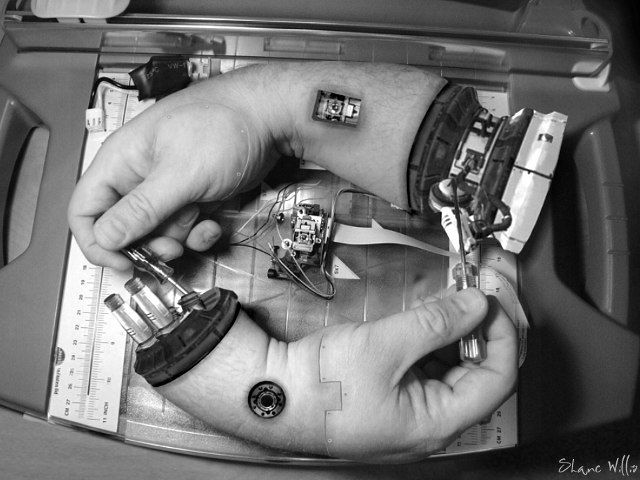Dr. Curtis R. Carlson, President and CEO, Stanford Research Institute (SRI International)
A non-profit organisation located in the Silicon Valley. What have they done? computer mouse, first internet logon, HDTV, artificial muscles, electronic banking… And they have a lot of partners with which sharing innovation and best practices.
Innovation is the only path to growth and prospeerity, environmental suistainability and security. And we can all innovate, because, after all, we all have customers. We live in a world of abundance: there are no limits to ideas and creativity in the Knowledge Age, but we have some challenges.
Fast (exponential) growing: computer power, www users, information generated… a lot of new opportunities and the power of social groups. Because, actually, the world is flat: anywhere is accessible. Examples of innovation and good practices in China: Biopolis.
Current situation: threading the needle (tunnel again) only 1 out of 100 ideas gets the end and are actual innovations. The rest are lost. Some myths:
- it’s all about creativity
- entrepreneurs are risk takers
- only a few people can innovate
- discipline destroys creativity
- shareholders come first
- it’s the employee’s fault
Innovation practices 3.0:
- v1.0 Ford: cost, cost, cost
- v2.o Deming: quality, quality, quality
- v3.0 Knowledge-Age: value, value, value
How can we do that? Success is determined by innovation metrics. Five disciplines of innovations
- Important customer & market needs
- Value creation
- Innovation champions: no champion, no project, no success
- Innovation teams
- Organisational aligment
And they are multiplicative. if one of them fail, all fails. It’s critical to detect and cover unset user’s needs faster than the competence (to transform ideas into products). Again: speed is the key for innovation. But it’s not only about the approach, is NABC (need, approach, benefit/cost and competition) And this is an iterative process.
… and open innovation is a good example.
Well. I have to go and I can’t attend the second part, I’m sorry. Anyway: no one is talking about open innovation, so I think that they haven’t chosen properly the name of the conference :-( Innovation, yes, but open?… I don’t think so.

